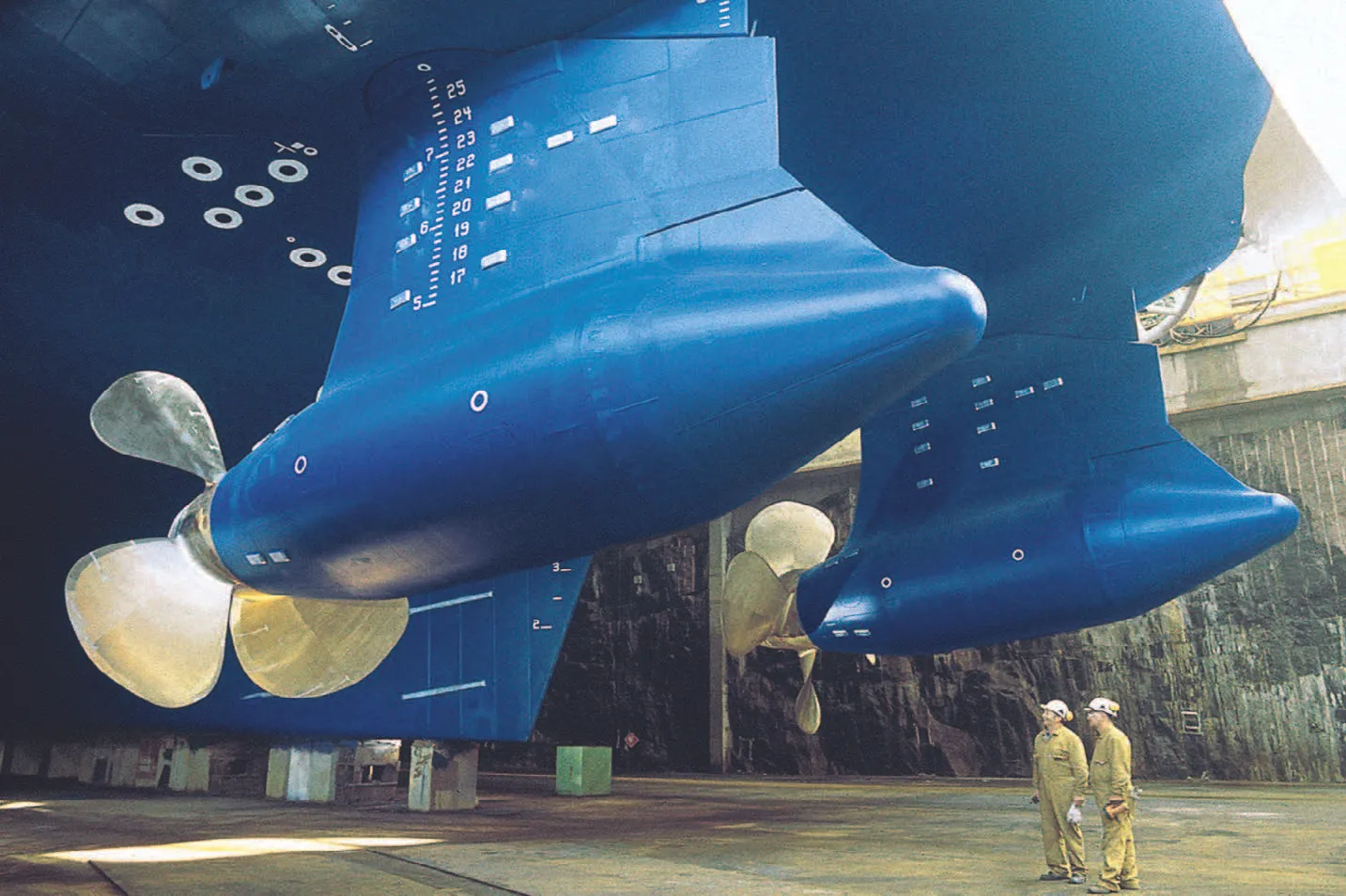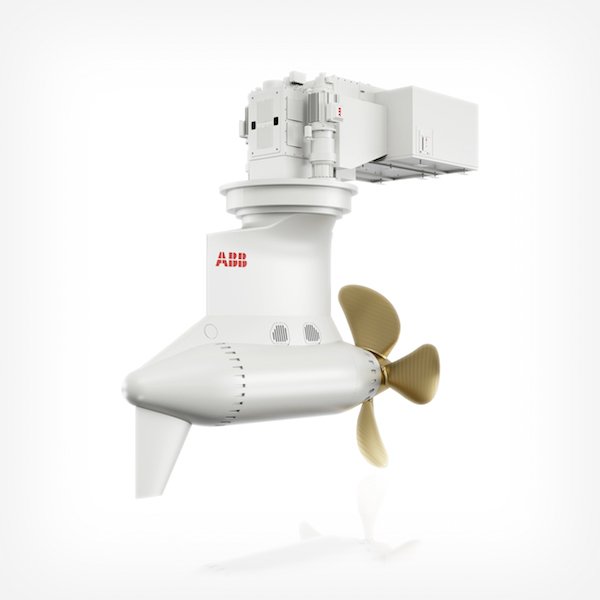- Introduction
- Principles of 4-Stroke Engine Operation
- 2.1 The Four Strokes
- 2.2 Engine Cycle Overview
- Components of a 4-Stroke Engine
- 3.1 Cylinder Block
- 3.2 Cylinder Head
- 3.3 Piston
- 3.4 Connecting Rod
- 3.5 Crankshaft
- 3.6 Camshaft
- 3.7 Valves and Valve Train
- 3.8 Fuel Injector
- 3.9 Turbocharger
- 3.10 Lubrication System
- 3.11 Cooling System
- Technical Details of Construction
- 4.1 Materials Used
- 4.2 Manufacturing Techniques
- 4.3 Assembly Process
- Applications in the Maritime Sector
- 5.1 Types of Vessels
- 5.2 Specific Uses Onboard Ships
- Leading Manufacturers and Popular Models
- 6.1 MAN Energy Solutions
- 6.2 Wärtsilä
- 6.3 Caterpillar Marine Power Systems
- 6.4 Rolls-Royce Power Systems (MTU)
- Conclusion
1. Introduction
The 4-stroke engine is a fundamental technology in internal combustion engines, widely used across various sectors, including the maritime industry. This guide provides a comprehensive overview of the construction, operation, and applications of 4-stroke engines, focusing on their use onboard ships and other maritime vessels.
2. Principles of 4-Stroke Engine Operation
2.1 The Four Strokes
The operation of a 4-stroke engine consists of four distinct strokes:
- Intake Stroke: The intake valve opens, and the piston moves down the cylinder, drawing in a mixture of air and fuel.
- Compression Stroke: The intake valve closes, and the piston moves up, compressing the air-fuel mixture.
- Power Stroke: The spark plug ignites the compressed mixture, causing an explosion that forces the piston down, generating power.
- Exhaust Stroke: The exhaust valve opens, and the piston moves up again, expelling the burned gases from the cylinder.
2.2 Engine Cycle Overview
The 4-stroke cycle ensures efficient fuel combustion and power generation. Each cycle involves a series of precise mechanical movements and timed ignition to maintain continuous engine operation.
3. Components of a 4-Stroke Engine
3.1 Cylinder Block
The main structure of the engine, housing the cylinders where combustion occurs. It is typically made from cast iron or aluminum alloy for strength and heat resistance.
3.2 Cylinder Head
Sits atop the cylinder block, containing the combustion chambers, valves, and spark plugs. It is designed to withstand high pressure and temperature.
3.3 Piston
Moves up and down within the cylinder, transmitting the force of combustion to the crankshaft via the connecting rod. Pistons are usually made from aluminum alloy for its lightweight and thermal conductivity.
3.4 Connecting Rod
Links the piston to the crankshaft, converting the piston’s linear motion into rotational motion. Made from durable steel or aluminum alloy.
3.5 Crankshaft
The central component converting the pistons’ up-and-down motion into rotational motion, driving the propeller or other machinery. Forged from high-strength steel.
3.6 Camshaft
Controls the opening and closing of the intake and exhaust valves, synchronized with the crankshaft via a timing belt or chain.
3.7 Valves and Valve Train
The intake and exhaust valves regulate the flow of air-fuel mixture and exhaust gases. The valve train includes components like lifters, pushrods, and rocker arms.
3.8 Fuel Injector
Delivers precise amounts of fuel into the combustion chamber. Modern engines use electronically controlled injectors for efficiency.
3.9 Turbocharger
Boosts engine power by increasing the amount of air entering the combustion chamber, enhancing fuel combustion and overall efficiency.
3.10 Lubrication System
Ensures all moving parts are adequately lubricated to reduce friction and wear. Includes an oil pump, oil filter, and oil cooler.
3.11 Cooling System
Regulates the engine temperature using coolant circulated through the engine block and cylinder head. Comprises a water pump, radiator, and thermostat.
4. Technical Details of Construction
4.1 Materials Used
- Cylinder Block: Cast iron or aluminum alloy for durability and heat dissipation.
- Cylinder Head: Aluminum alloy for its lightweight and thermal properties.
- Piston: Aluminum alloy to withstand high temperatures and reduce engine weight.
- Crankshaft and Connecting Rods: Forged steel for high strength and fatigue resistance.
4.2 Manufacturing Techniques
- Casting: Used for creating the cylinder block and head.
- Forging: Applied in making durable crankshafts and connecting rods.
- Machining: Precision machining processes ensure exact tolerances for components.
- Assembly: Involves carefully fitting together all engine parts, often with automated systems to ensure accuracy.
4.3 Assembly Process
The assembly of a 4-stroke engine involves:
- Installing the crankshaft and camshaft.
- Fitting the pistons and connecting rods into the cylinders.
- Attaching the cylinder head and valve train.
- Installing ancillary systems like the fuel injection, lubrication, and cooling systems.
5. Applications in the Maritime Sector
5.1 Types of Vessels
4-stroke engines are used in various maritime vessels, including:
- Cargo Ships: For main propulsion and auxiliary power.
- Ferries: Providing reliable power for frequent, short journeys.
- Fishing Vessels: Offering robust performance and fuel efficiency.
- Yachts and Leisure Boats: Combining power and smooth operation.
5.2 Specific Uses Onboard Ships
- Main Propulsion: Driving the ship’s propeller for movement.
- Auxiliary Power: Powering generators for onboard electrical systems.
- Emergency Systems: Providing backup power in case of main engine failure.
6. Leading Manufacturers and Popular Models
6.1 MAN Energy Solutions
A leading provider of marine engines, MAN’s 4-stroke engines like the MAN 51/60DF are renowned for efficiency and reliability.
6.2 Wärtsilä
Another industry leader, offering models such as the Wärtsilä 32, known for fuel flexibility and low emissions.
6.3 Caterpillar Marine Power Systems
Offers robust engines like the Caterpillar 3516, used in various marine applications for its durability and power.
6.4 Rolls-Royce Power Systems (MTU)
MTU’s Series 4000 engines are popular for their high performance and efficiency in demanding maritime environments.
7. Conclusion
4-stroke engines play a critical role in the maritime industry, offering reliable and efficient power for a wide range of vessels. Understanding their construction, operation, and applications is essential for engineers and trainees in this field.



